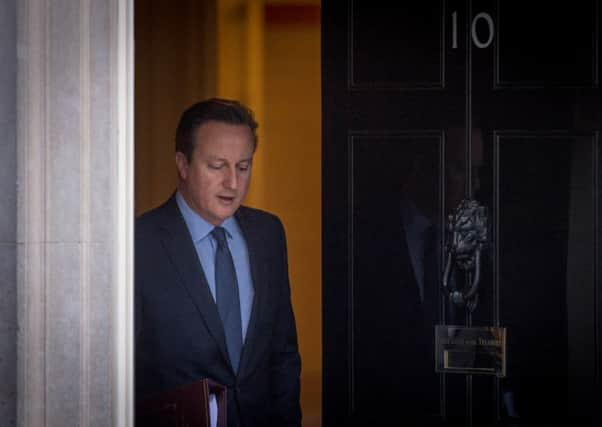EU summit: At-a-glance guide to Cameron's demands


WELFARE FOR MIGRANTS
What did he want? Four-year ban on in-work benefits - like tax credits - for new EU migrant workers.
What’s he been offered? “Graduated” restrictions, so new arrivals get nothing at first, but have payments phased in over four years working in the UK.
Advertisement
Hide AdAdvertisement
Hide AdWhat’s the obstacle? Eastern European states like Poland, Hungary and the Czech Republic are worried that if Britain starts restricting benefits, other countries like Germany might follow suit.
THE ‘EMERGENCY BRAKE’
What did he want? The power to impose permanent restrictions on welfare for migrant workers.
What’s he been offered? The right to apply to Brussels for permission to put a temporary brake.
What’s the obstacle? No agreement over how long countries could keep the brake on. Britain suggested seven years, the European Commission wanted two, with an option for two years’ extension. And no agreement on who decides whether the brake can be applied - EU states acting unanimously or just by majority vote? There’s even speculation that MEPs might be making a last-minute grab for a say on the decision.
CHILD BENEFIT
Advertisement
Hide AdAdvertisement
Hide AdWhat did he want? A ban on child benefit payments to migrant workers for children living in their home countries.
What did he get? An option to cut payments to the level the child would receive back home.
What’s the obstacle? Eastern European states want this applied only to new migrants, and not to the 34,000 already claiming in the UK.
RELATIONS WITH THE EUROZONE
What did he want? Protections for non-euro countries so decisions in the single currency area do not impact on their financial sectors - like the City of London.
Advertisement
Hide AdAdvertisement
Hide AdWhat’s he been offered? Official recognition that the EU has more than one currency and non-euro states must not face discrimination because of their currency.
What’s the obstacle? France is wary of anything that smacks of special treatment for the City of London.
“EVER-CLOSER UNION”
What did he want? An end to the principle that EU members must work towards “ever-closer union”.
What’s he been offered? A written assurance that “ever-closer union” does not amount to a commitment to political integration.
Advertisement
Hide AdAdvertisement
Hide AdWhat’s the obstacle? Belgium still favours the federalist model and insisted on a change to the text to point out that integration remains popular in many parts of the EU.
TREATIES
What did he want? “Full-on treaty change” to enshrine reforms in the EU’s fundamental law.
What has he been offered? A promise that measures on ever-closer union and protections for non-euro states will be included in the treaties next time they’re rewritten.
What’s the obstacle? Lots of leaders do not want the treaties touched - not least because every time they are changed it triggers a referendum in their countries.